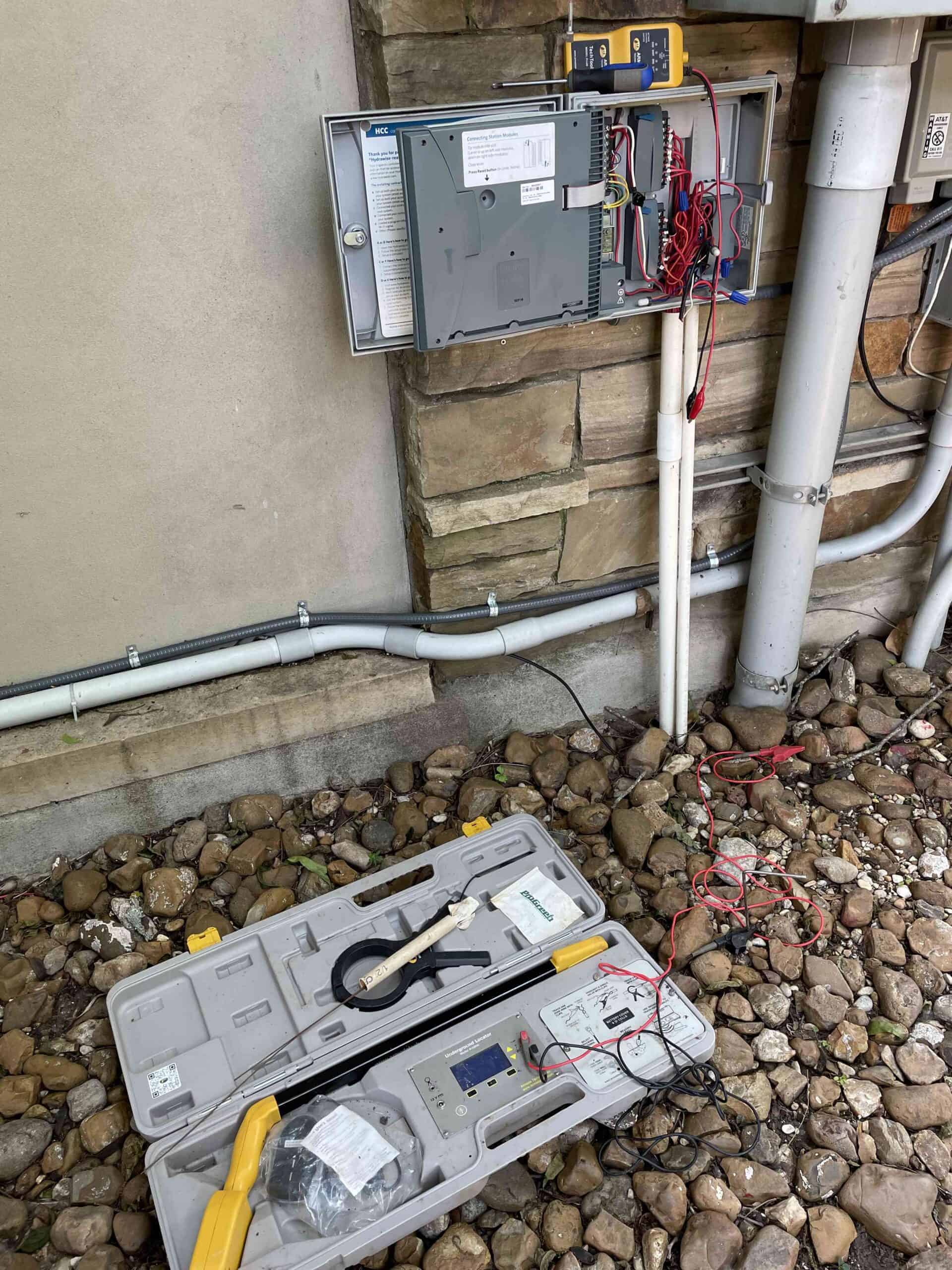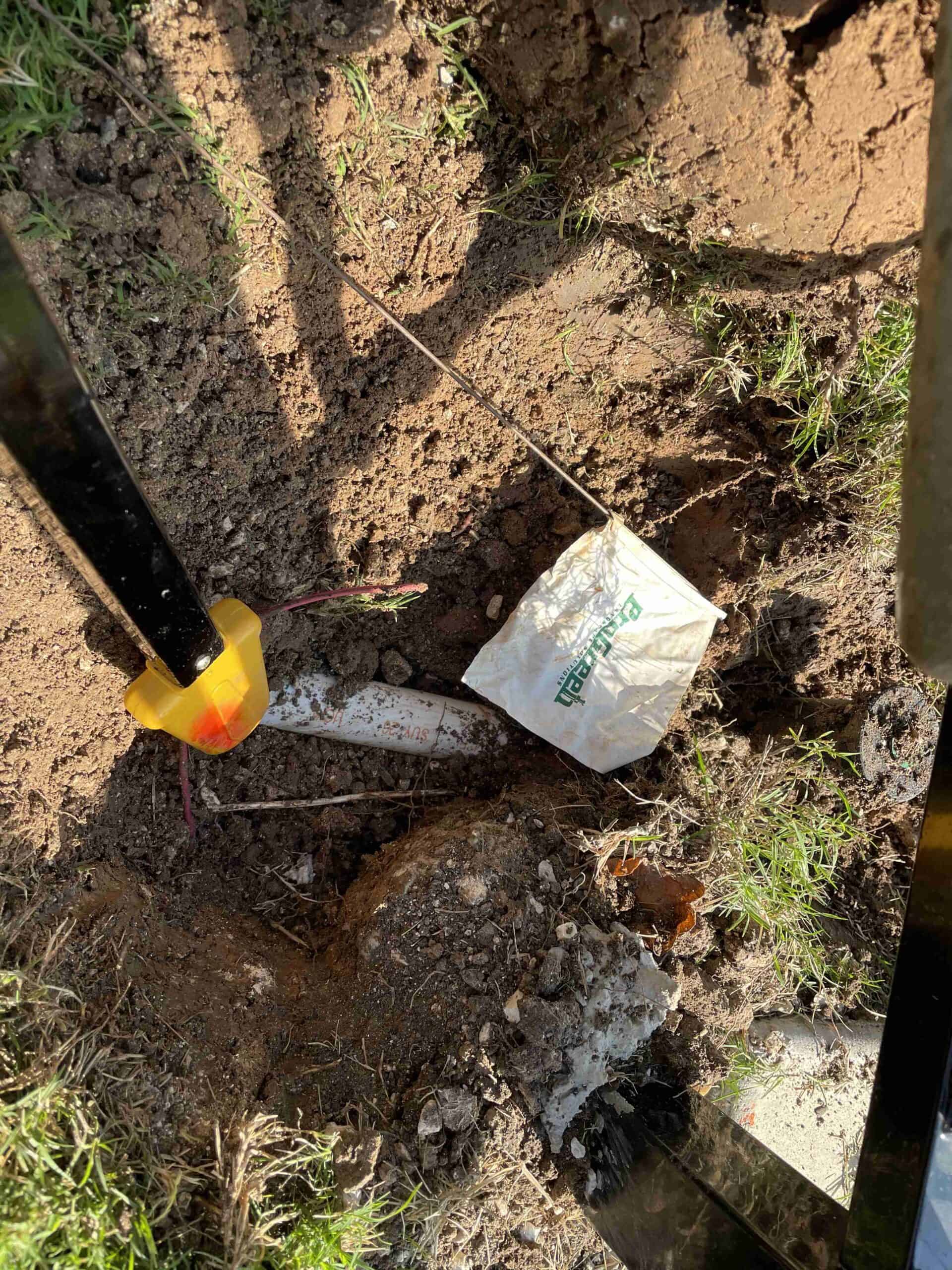Common Issues Uncovered During Irrigation Inspections
Regular inspections are critical for maintaining the efficiency and effectiveness of irrigation systems. These inspections help identify problems that can lead to water waste, poor crop yields, and increased maintenance costs. By addressing issues early, you can ensure optimal irrigation system functionality.
 Let's look at the three most common issues uncovered during irrigation inspections to help you prepare for professional services.
Let's look at the three most common issues uncovered during irrigation inspections to help you prepare for professional services.
Irrigation Leaks and Blockages
One of the most frequent issues identified during irrigation inspections is leaks and blockages within the system. Leaks can occur in various parts, including pipes, valves, and connectors. They are usually caused by aging infrastructure, physical damage, or poor installation. Understanding the common signs of leaks or scheduling professional leak detection is crucial. Signs of irrigation leaks include wet spots on the ground, unusually lush vegetation and specific areas, and decreased system pressure. Unfortunately, leaks in your irrigation system can lead to significant water loss, higher water bills, and inadequate Irrigation in other areas. Blockages are another issue typically caused by debris, mineral buildup, or root intrusion. These obstructions can occur in pipes, emitters, and sprinklers, leading to reduced water flow and uneven irrigation. Check for signs of blockages, including dry spots in the irrigation area, reduced water pressure, and emitters or sprinklers not functioning correctly.Malfunctioning Irrigation Components
Irrigation components include sprinklers, valves, controllers, and sensors. However, these components can malfunction and negatively impact irrigation efficiency. For instance, sprinklers and emitters can suffer from various problems, such as clogs, leaks, and misalignments. Clogged nozzles and emitters reduce water flow and lead to uneven irrigation patterns, while sprinkler leaks can waste water and create overly wet areas. Misaligned sprinklers can also be problematic, causing water to miss target areas and resulting in dry spots or water wastage. Regular inspections and maintenance of these components are essential to ensure they function correctly.
Valves control the flow of water within the irrigation system, so faulty valves can lead to issues like zones not turning on or off as scheduled. Problems with valves can be due to wear and tear, electrical issues, or physical obstructions. Also, check controllers, timers, and sensors because they are the brains of the irrigation system.
Clogged nozzles and emitters reduce water flow and lead to uneven irrigation patterns, while sprinkler leaks can waste water and create overly wet areas. Misaligned sprinklers can also be problematic, causing water to miss target areas and resulting in dry spots or water wastage. Regular inspections and maintenance of these components are essential to ensure they function correctly.
Valves control the flow of water within the irrigation system, so faulty valves can lead to issues like zones not turning on or off as scheduled. Problems with valves can be due to wear and tear, electrical issues, or physical obstructions. Also, check controllers, timers, and sensors because they are the brains of the irrigation system.
